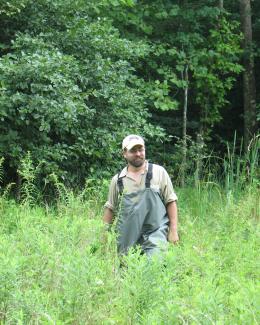Abstract
Despite a large number of published studies, a consensus has not been reached on how soil fungal and bacterial biomass, the primary regulators for soil organic matter decomposition, respond to conservation tillage, i.e., no or reduced tillage with >30 % residue covers. In this study we conducted a global meta-analysis of 60 studies to investigate the effects of conservation versus conventional tillage on soil fungal and bacterial biomass, fungal-to-bacterial ratios, and their relationship to other soil properties. Our results showed that conservation tillage greatly increased overall soil microbial biomass (37 %), including both fungal (31 %) and bacterial biomass (11 %), especially in top 20-cm soils or no-till agro-ecosystems, but conservation tillage effects were non-significant in sandy soils. Regardless of soil depth and tillage intensity, fungal-to-bacterial ratios did not greatly increase in conservation tillage scenarios, but were significantly affected by soil texture. Conservation tillage was also associated with significant increases in soil total C and N, and reduced soil pH. Increases in soil total C were positively associated with both fungal and bacterial biomass increases. Years under conservation tillage, time between last convention tillage to soil sampling, may indirectly affect fungal and bacterial biomass through soil C accumulation. Our meta-analysis demonstrates that soil fungi and bacteria both respond positively to conservation tillage and are significantly associated with soil C content increase.


